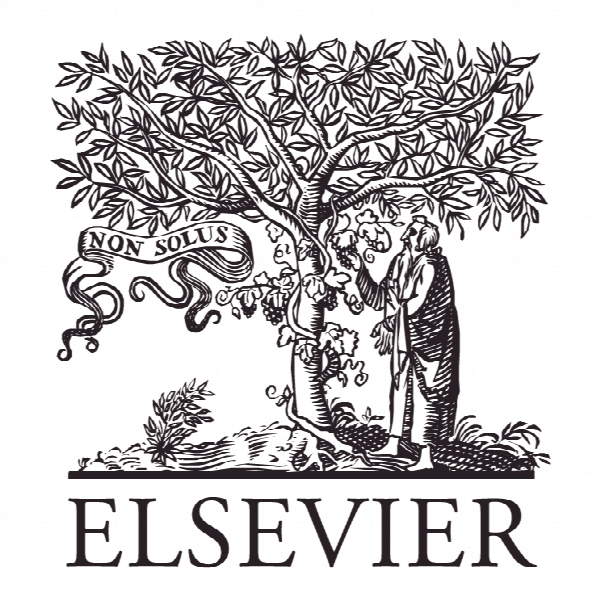یک مطالعه اکتشافی برای آموزش سواد مالی برای حسابداری و رشته های تجاری An exploratory study of financial literacy training for accounting and business majors
- نوع فایل : کتاب
- زبان : انگلیسی
- ناشر : Elsevier
- چاپ و سال / کشور: 2017
توضیحات
رشته های مرتبط حسابداری
مجله بین المللی آموزش مدیریت – The International Journal of Management Education
دانشگاه ایالتی مینه سوتا Mankato، ایالات متحده
نشریه نشریه الزویر
مجله بین المللی آموزش مدیریت – The International Journal of Management Education
دانشگاه ایالتی مینه سوتا Mankato، ایالات متحده
نشریه نشریه الزویر
Description
1. Introduction Consumer financial literacy persists, some seven years following the beginning of the great recession in the United States, as a subject of fascination and considerable discussion within the academic, business, and governmental policymaking communities. The ongoing debate remains both informative and constructive leading in many cases to calls for action and initiatives specifically designed for and directed at addressing the perceived lack of knowledge among the broad group of consumers. Concurrently, an important consumer sub-group of consumers is represented by the cohort of young adults (16e22 years of age) e budding consumers who arguably have immediate and unquestionably will have substantive longterm and lasting impacts on the aggregate economy. It is within this distinct consumer base that the greatest opportunity exists for educators and educational institutions to play a role in this important debate and the ultimate identification and implementation of an effective, efficient, and timely solution to address this fundamental literacy issue. Secondary educational institutions, formative environments that are clearly and certainly intended to be and are instrumental in developing the overall knowledge base of younger adults (16e18 years of age), have recently faced broader demands for mandatory financial literacy education in high school curricula (Jump$tart Coalition for Personal Financial Literacy, 2010; National Association of State Boards of Education, 2006; President’s Advisory Council on Financial Literacy, 2008; U.S. News & World Report, 2009). Many schools and states have responded in a proactive manner by requiring, and in some cases mandating, such an educational focus within their curriculums. These efforts have generally involved a freestanding course in personal finance or economics. What is clear and central to the discussion is that this group of younger adults (16e18 years of age) likely represents the correct target for such efforts as it includes the broadest coalition of persons fitting the definition of young adults. This is a factual statement because while most young adults attend and graduate from high school, many do not take advantage of post-secondary educational opportunities. As a result, financial literacy efforts exclusively directed at vocational and college students hold a reduced probability of influencing a significant portion of the young adult cohort. Yet, empirical assessments of secondary school financial literacy over the past decade have provided mostly discouraging results indicating that these efforts leave considerable room for improvement (Jump$tart Coalition for Personal Financial Literacy, 2010). Post-secondary educators and academic institutions find themselves faced with both an issue and an opportunity. The issue, of course, is financial literacy for young adults (18e22 years of age e the millennial generation) while the opportunity is represented by the chance to make a difference, to educate, to teach, to have a long-lasting impact on our students e the goal of faculties and institutions of higher learning. To be clear, respected business leaders, concerned business organizations, and highly regarded government policy-making officials have reflected at length on the many issues presented by financial literacy educational gaps and omissions relative to young adults (16e22 years of age). These deliberations have identified significant educational gaps and omissions that have served and will continue to serve to feed a portfolio of important and pervasive financial issues including, but not limited to, personal bankruptcies, credit card debts, excessive personal borrowing, household foreclosures, stock market losses, and sub-prime mortgages failures (Bernanke, 2008; Johnson, 2010). Ultimately, these knowledgeable and interested stakeholders have concluded that an overwhelming need and demand exists for focused educational efforts that will develop an immediate and long-term ability in the educational subjects to make good financial decisions that will benefit their own economic welfare while concurrently providing correct and positive stimuli to the aggregate economy.


